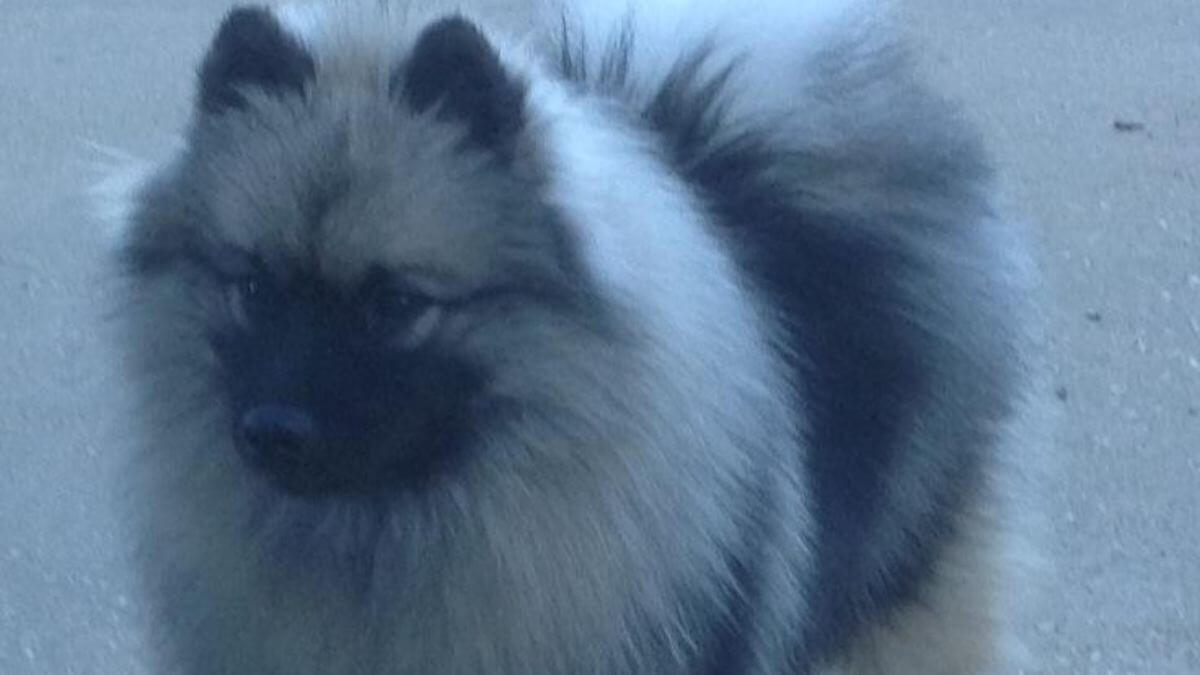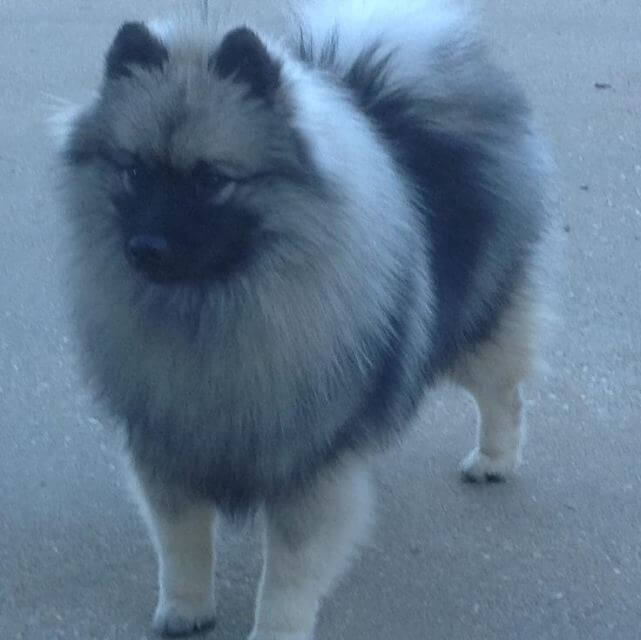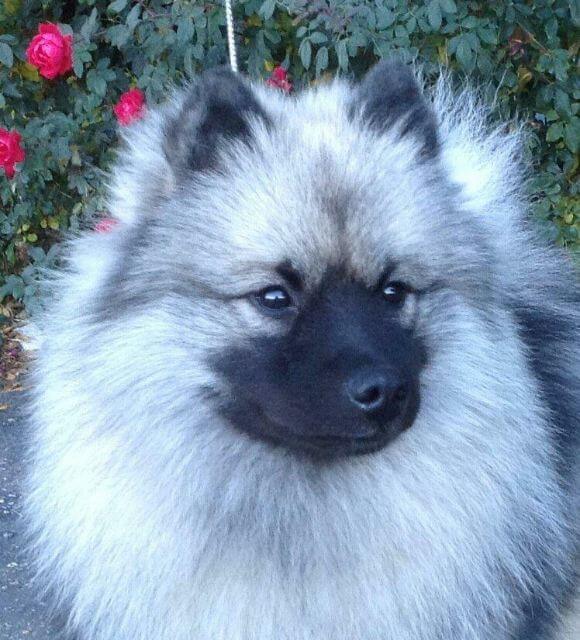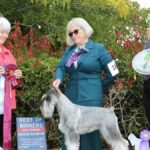Mary Ellen Meyer
Mary Ellen Meyer has been involved in the sport for almost 60 years. She became an AKC Judge in 2000 and currently judges the Non-Sporting and Toy Groups, and part of the Working Group. Mary Ellen has had the honor of previously judging two Keeshond National Specialties and she is scheduled to judge the National again in April 2024. The California Sierra Club will be hosting this event in Sacramento, California, April 20th thru the 27th. Mary Ellen’s kennel name is Markwright and over the years she has bred close to 200 Champions of Record, including National Specialty winners, Futurity and Maturity winners, as well as Veterans class winners and Kees Specialty winners, producing ROM, ROMX, BISS, BIS and H0F Kees.
She was originally drawn to the breed while visiting her mother-in-law in California, who had a Keeshond as her family dog. Mary Ellen was so taken by the dog, “Percy” being her first encounter with the breed, that she knew this would be her next breed. Over the years, Mary Ellen has had a variety of breeds, including Miniature Schnauzers, Standard Poodles, Shih Tzu, and Duck Tollers.
Mary Ellen has attended many Nationals, her first being held in New Lenox, Illinois, in 1973. She has attended the 25th, 50th, and the 75th Nationals, as well as many others in California, Texas, Arizona, Ohio, Indiana, Wisconsin, Colorado, North Carolina, Delaware, Michigan, Oklahoma, and Illinois.











